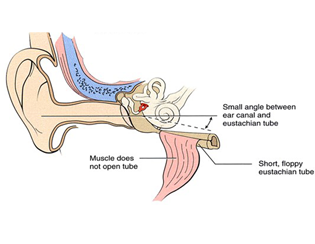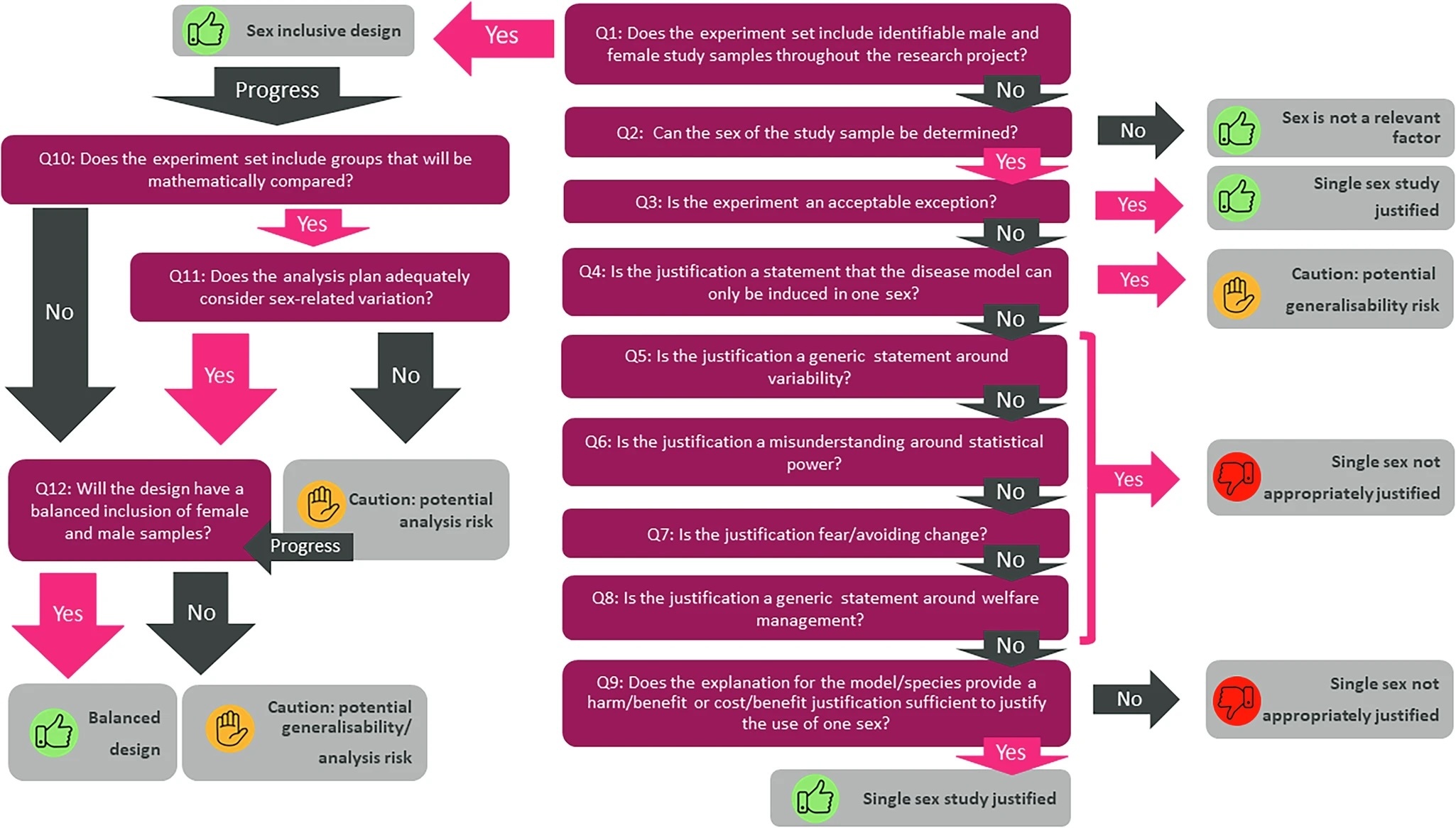Researchers at the MRC Harwell Institute and other institutions have conducted research into the genes associated with chronic otitis media with effusion.
Chronic otitis media with effusion (COME) is a chronic inflammation of the middle ear, and is the commonest form of childhood hearing loss. Moreover, treatment of COME by the insertion of ventilation tubes is the most common surgical operation in children. The condition is known to have a strong genetic basis, but little is known of the genes in humans that are involved in susceptibility to COME. However, researchers at the MRC Harwell Institute have developed a number of mouse models of COME which have identified several genes and common pathways that underlie the development of the disease. Mouse models are where the mice exhibit some of the same symptoms of the human disease. These results from mice have now been translated into human and four genes that were identified in mice – Fbxo11, Evi1, Tgif1 and Nisch – have been analysed in the human population to see if these genes might be involved with COME in humans. The researchers conducted a genetic study on a cohort of children undergoing surgical treatment for COME in hospitals around the UK. The study aimed to identify whether or not these four genes were associated with the development of COME. They found that the genes TGIF1 and FBXO11 were both associated with the condition. Both of these genes are involved in signalling between cells helping to promote cell development and maturation – known as growth factor signalling. This finding suggests that a growth factor signalling pathway may be important for the condition, and may be a potential molecular target for treatment in the future. Professor Steve Brown, Director of the MRC Harwell Institute, said: “We have already learnt a great deal about how genes in mice may lead to susceptibility to COME. This has helped us to understand the mechanisms by which chronic otitis media develops and also provides us with targets for the development of potential new therapies. However, it is important to translate these findings into humans and to ask whether the same genes are potentially causing COME in the human population. Two of the genes that cause COME in mice appear to be associated with chronic otitis media in humans and validates them as therapeutic targets.” To read the research click here. Other research institutions involved in this paper include: Brighton and Sussex University Hospitals NHS TrustUniversity of OxfordWellcome Trust Centre for Human GeneticsHelsinki University Central HospitalUniversity of HelsinkiThe UK Cochrane CentreThe Karolinska Institutet



